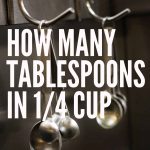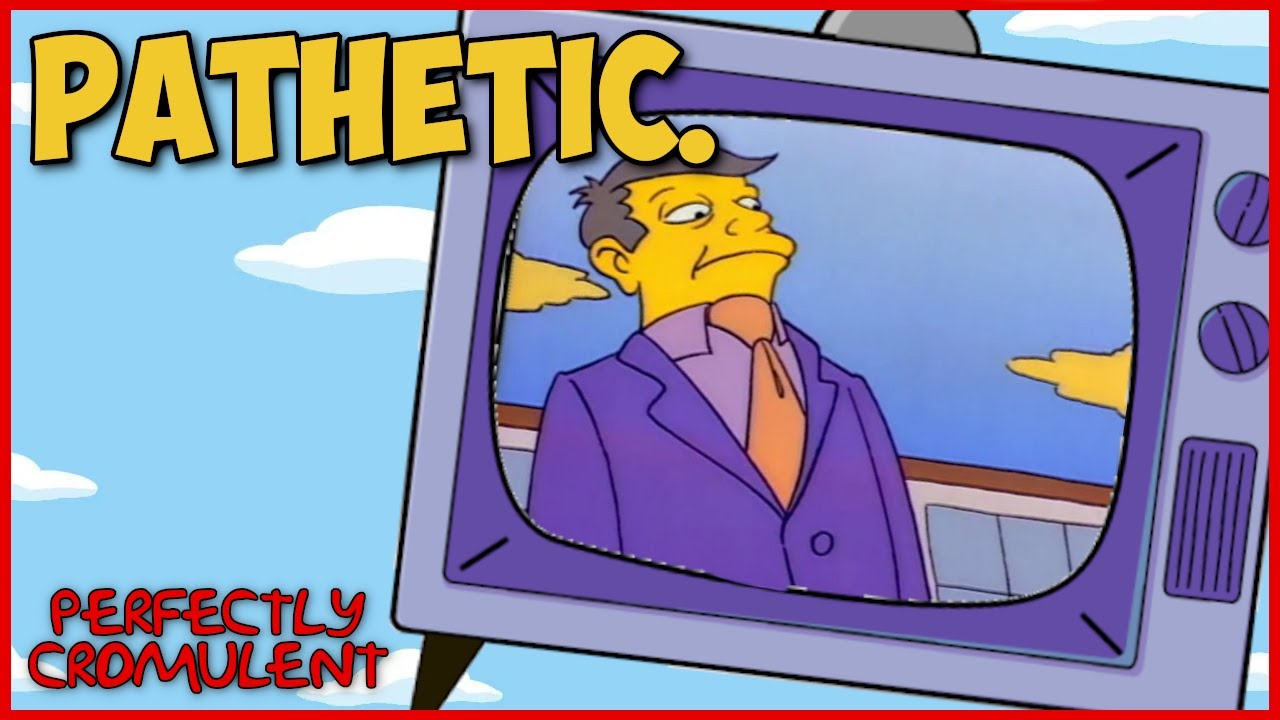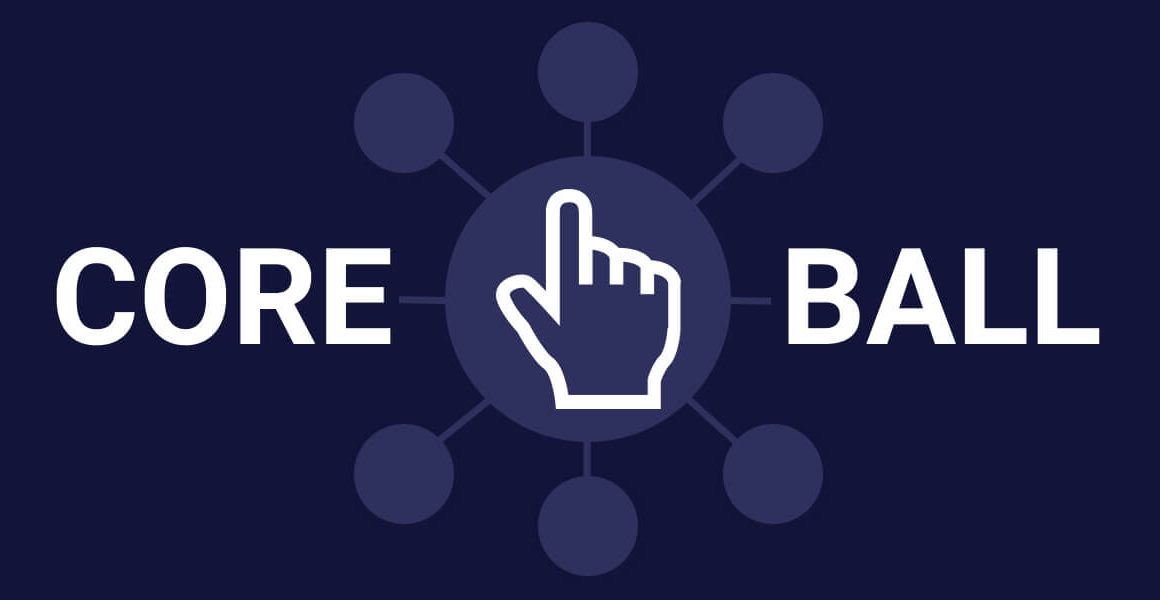There’s a certain kind of meme that doesn’t try to be cool or clever. It doesn’t show off a celebrity, a trending joke, or a viral dance. Instead, it’s raw. It’s awkward. It’s painfully real. It’s the pathetic meme.
You’ve seen them: a badly drawn character staring at the ceiling, a person crying in the bathroom with a pizza slice, a broken umbrella during a thunderstorm with a sad caption. These images aren’t just funny—they’re painfully relatable. And that’s exactly why they’ve carved out a permanent space on the internet.
The Origin Story of the Pathetic Meme
The pathetic meme didn’t come from one place or one creator. It evolved slowly, almost accidentally. While early internet memes in the 2000s were focused on rage comics, LOLcats, and success kid-type humor, a shift occurred in the mid-2010s.
Social media users, especially younger people on platforms like Tumblr, Reddit, and later Instagram and Twitter (now X), started creating and sharing memes that were more self-deprecating than funny. These memes didn’t try to make their creators look smart or successful. Instead, they exposed insecurities, failures, and awkward moments.
One of the first forms of the pathetic meme was the “me vs. other people” format, showing a cool, confident person next to a crying, messy cartoon labeled “me.” From there, the genre exploded, evolving into more visual expressions of defeat, disappointment, and despair—always with a sense of humor.
A Day in the Life: Relating to the Pathetic Meme
Imagine waking up late, spilling coffee on yourself, and realizing you forgot to reply to a message from three days ago. Now imagine finding a meme of a soggy cartoon character saying, “me trying to function like a normal person.” That’s a pathetic meme—a digital reflection of our worst (and often funniest) moments.
These memes mirror everyday realities:
- Texting someone and rereading it ten times before they don’t reply.
- Overthinking a five-second interaction from three days ago.
- Sitting in bed doing nothing but feeling guilty for it.
It’s not just you. These moments happen to everyone. The pathetic meme connects people through shared discomfort, proving humor can be a powerful bonding tool—even in failure.
Why the Pathetic Meme Took Over the Internet
There’s a reason this genre exploded. Life online is exhausting. Filters, achievements, curated vacation photos—everything looks perfect. But behind the screen, people are stressed, lonely, or just bored. That’s where the pathetic meme thrives.
It offers relief. It says, “Hey, you’re not alone.”
Instead of pretending to be perfect, it celebrates being imperfect. Instead of flexing success, it shrugs and says, “This is all I got today.” That honesty makes it more relatable than any motivational quote.
The shift also reflects how humor is changing. People want content that feels real. Pathetic memes are unpolished, unfiltered, and emotionally honest. And in a world where perfection is everywhere, honesty feels fresh.

Social Commentary in Disguise
At first glance, the pathetic meme is just funny. But look deeper, and you’ll see it says a lot about society.
Many memes in this category poke fun at issues like:
- Mental health struggles
- Burnout culture
- Social anxiety
- Capitalism and work stress
- Body image issues
A meme might show a skeleton labeled “me waiting for my work-life balance,” or a cartoon hiding in a trash can saying, “ready for Monday.” While these are jokes, they reveal serious issues people deal with every day.
By laughing at them, we’re not ignoring them—we’re acknowledging them. The meme becomes a safe space to express hard truths.
From Humor to Healing: The Emotional Impact
Strange as it sounds, pathetic memes can be comforting. In the same way someone might cry during a sad movie or feel better after journaling, seeing a meme that captures your exact emotion can feel healing.
For people struggling with depression, anxiety, or loneliness, pathetic memes offer gentle validation. They say, “It’s okay to feel this way. Other people do too.”
Of course, they’re not a substitute for therapy or support. But they can be a starting point. Many people share these memes with friends when they don’t know how to explain how they feel. It’s an emotional shortcut that says a lot with just an image and a few words.
How Creators and Brands Use the Pathetic Meme
You’d think brands would avoid something called the “pathetic meme,” but many smart marketers have embraced it. Why? Because it works.
Brands that target Gen Z or Millennials understand that traditional advertising doesn’t connect like it used to. These generations value honesty and humor more than perfection. A clever pathetic meme about running out of coffee or pretending to work from home can go viral in minutes.
Even big names like Duolingo, Netflix, and fast-food chains use these memes. They show they “get it”—that they understand the internet’s language of failure and humor.
Creators on platforms like TikTok and Instagram also use pathetic memes to grow their audience. These posts get high engagement, shares, and comments because people feel emotionally connected.

Visit our website for more updates and stories
Conclusion: We’re All a Little Pathetic Sometimes
In a world where everything online seems curated, perfect, and staged, the pathetic meme stands out by being honest. It reminds us that it’s okay to be awkward, sad, tired, or confused.
We’re all just trying our best, and sometimes our best includes lying in bed watching sad videos at 3 a.m. or eating ice cream while pretending everything’s fine. That’s not failure—it’s part of being human.
The pathetic meme turns these moments into shared laughter. And that’s a kind of magic the internet desperately needs.
So next time you see a meme that makes you say, “Wow, that’s me,” don’t be embarrassed. Just smile. Because if being pathetic is this relatable, maybe it’s not so pathetic after all.













